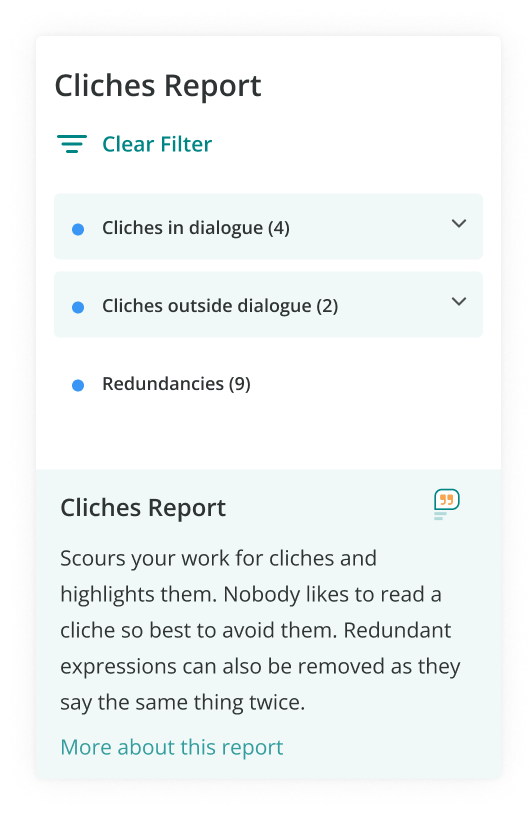
The phrase “to each their own” is popular among native English speakers. Learning how to use it correctly can improve your vocabulary and strengthen your writing.
“To each their own” is an idiom, which means it conveys its meaning in an indirect way, making it more difficult to understand than more literal phrases.
So what exactly does this phrase mean, and when should you use it? “To each their own” means that everyone has the right to their own opinion.
Read on to learn more about what “to each their own” means and what it looks like in a conversation.
To Each Their Own Definition
“To each their own” means that every individual has the right to their own preferences.
The phrase is a literal translation of the Latin phrase suum cuique. It’s unclear exactly when the idiom rose to popularity in English, but it’s certainly been in use since Shakespeare’s time, as Polonius says “to each their own” in Macbeth.

The Meaning of the Saying “To Each Their Own”
We say “to each their own” when we want to show that we disagree with someone but respect their opinion anyway. It can be a polite way to prevent an argument about whose belief is correct.
For example, if your friend says she prefers books with tragic endings, but you prefer books with happy endings, you might say “to each their own” to indicate you have different tastes in books, but both opinions are valid.
There are many idioms in English that express the same meaning. Comparable phrases include “Different strokes for different folks,” “Whatever floats your boat,” and “One man’s fish is another man’s poison.”
Examples of “To Each Their Own” Used in Sentences
Let’s look at some examples of how to use this idiom in a conversation.
A conversation between a father and son:
- Father: I always thought you’d want to play football like your old man, not join the gymnastics team.
- Son: I’ve always liked gymnastics better.
- Father: But don’t you want to follow in my footsteps?
- Son: It’s my life, Dad, and to each their own.
A conversation between a teacher and student:
- Teacher: The final exam is tomorrow, and you haven’t studied all day.
- Student: I prefer to relax the day before a big exam. I end up performing better if I’m not too stressed going in.
- Teacher: All right. To each their own.
A conversation between two friends:
- Friend 1: I’m really excited to see that new zombie movie that’s coming out next month.
- Friend 2: Really? I’ve always thought zombie movies were kind of dumb.
- Friend 1: Well, I like them. To each their own.
Is It “To Each Their Own” or “To Each His Own”?
The correct phrase is “to each their own.” You can think of this maxim as a shortened form of “to each person their own opinion,” as in, “We should allow each person to have their own opinion.”
Sometimes, you might hear the phrase reworded as “To each his own” or “To each her own” instead of “To each their own.” These alternatives are also correct.

Of course, this phrase is very common, so it might be better to come up with your own way to phrase it. ProWritingAid’s cliche detector can help you catch overused phrases so you can rewrite them in more original ways!


